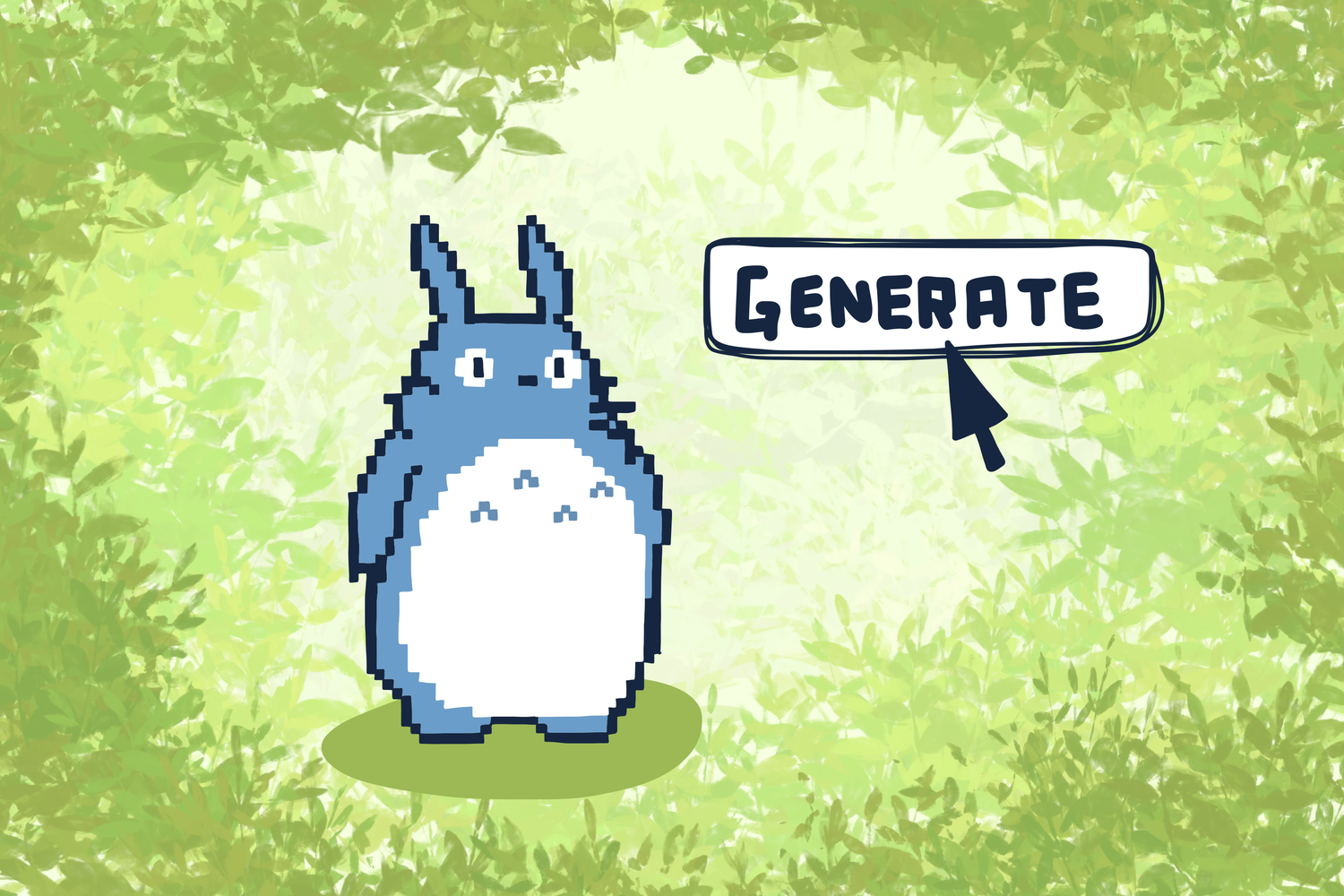The AI-ification of Studio Ghibli: A Concerning Trend
The internet has been swept by a trend of AI-generated images in the style of Studio Ghibli, the renowned Japanese animation studio. This phenomenon began after OpenAI released the GPT-4o model in ChatGPT, which can generate images from prompts, other images, or a combination of both. The tool has been used to create ‘Ghibli-fied’ avatars, sparking both fascination and concern.

From a technical standpoint, the results are impressive. ChatGPT can almost instantly replicate Hayao Miyazaki’s distinctive aesthetic, thanks to its training on enormous datasets, including copyrighted works like Studio Ghibli films. However, this raises significant copyright issues, as artists have been sounding the alarm about their work being scraped by large language models.
The trend also exposes the danger of separating an artist and their values from their art. In 2016, Miyazaki expressed his moral aversion to AI animation, calling it ‘an insult to life itself.’ Yet, his aesthetic is being used by people who ignore his views, simply because of the convenience and stylistic accuracy of the tool.
The misuse of AI-generated images in Miyazaki’s style is particularly concerning when used to convey messages that contradict his artistic legacy. For instance, the official White House X account posted an AI-generated Studio Ghibli-like illustration of a woman being arrested for deportation, a harsh reality presented in a style popularized by a children’s animation studio. Similarly, the Israeli Defense Forces used the trend to post animated images of IDF soldiers, despite many of Miyazaki’s films having anti-war themes.
While supporters argue that AI image generation makes art more accessible, imitation is not art. These generation tools are merely computer programs that have learned to visually replicate a style. The trend opens the door to more sinister uses when art is taken at face value, without consideration for the artist’s original intent or values.
The Studio Ghibli trend highlights the need for a more nuanced discussion about AI-generated art, copyright issues, and the importance of respecting an artist’s legacy and values.


